Ethereum Merge has been one of the hottest topics among the cryptocurrency community lately. When will Ethereum 2.0 come to life and what will it bring? Here’s everything you need to know about it.
What is Ethereum Merge?
“Merge” is a term used to describe Ethereum’s transition from a Proof-of-Work (PoW) consensus algorithm to one that uses Proof-of-Stake (PoS). So, a crypto slang. The Ethereum Foundation gives a full definition of the term as follows:
Merge represents the merging of Ethereum’s existing execution layer (the main net we use today) with the new PoS consensus layer, the Beacon Chain.
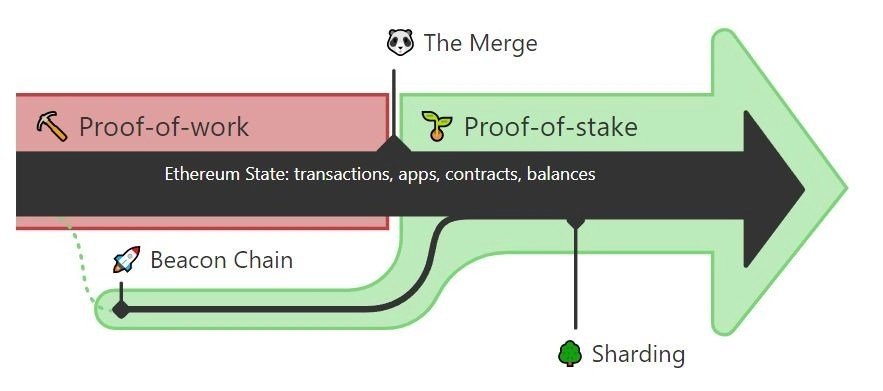 Source: Ethereum.org
Source: Ethereum.orgThis is designed to take care of the energy-intensive mining process and at the same time secure the network using staking ETH. The move is expected to provide greater security, sustainability and scalability to the Ethereum network. To provide a little more clarity and understanding, we at Kriptokoin.com went a little deeper into the technical side.
Beacon Chain: Ethereum 2.0’s processing engine
Beacon Chain is the cornerstone of the Ethereum 2.0 architecture. It exists as a separate Blockchain to the Ethereum network and works in parallel. It does not do anything on the main net. But he is reaching consensus on himself. This happens by agreeing on active validators and account balances.
The Beacon Chain is secured by a PoS consensus algorithm, unlike Ethereum’s main net, which still runs on PoW. The developers created it on December 1, 2020. In simple terms, Beacon Chain has clearly worked as a de facto test for Ethereum 2.0 so far. But with Merge, everything is about to change.
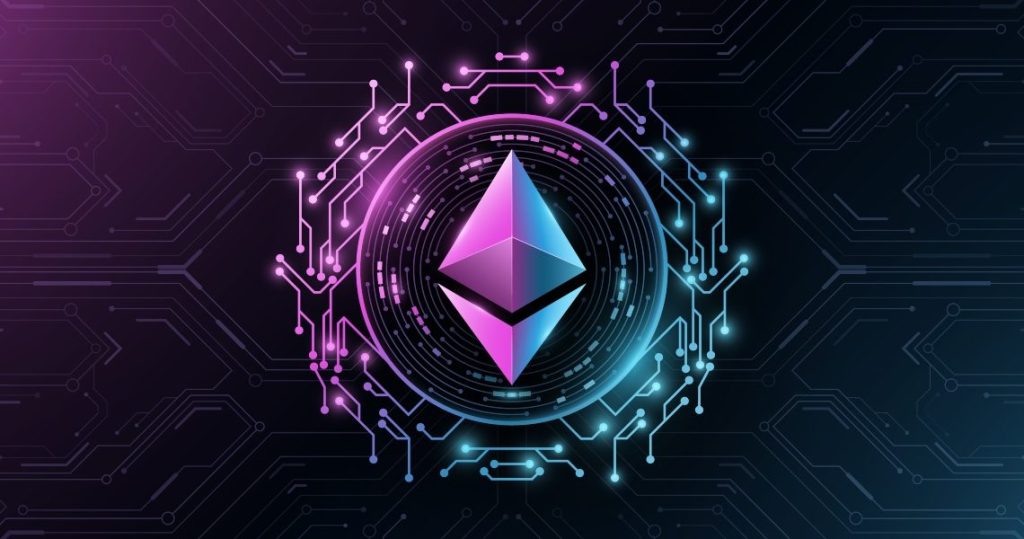
As seen in the diagram above, Merge represents the moment when two systems (Ethereum’s current main net running on PoW and Beacon Chain running on PoS) come together. This will see the PoW consensus algorithm permanently replaced by PoS. This will have some important ramifications for the network. But critical considerations include:
- No history will be lost
- Funds are safe
- No more ETH mining
When will the Merge be?
It’s worth noting that Ethereum 2.0 has been under construction for years. The exact date of “Merge” seems to be a distant future that is not always clear. All of this came to an end on July 14, 2022, when a member of the Ethereum Foundation shared a timeline that was later described as a ‘soft’ schedule for Merge.
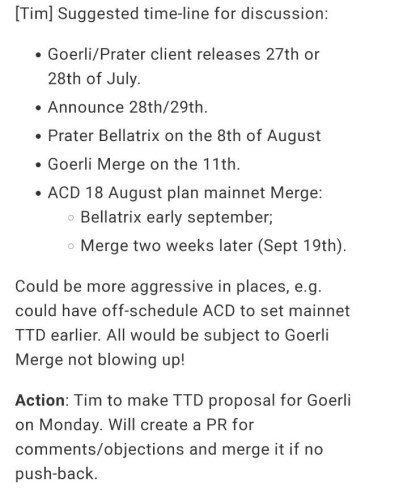 Source: Twitter
Source: TwitterAs seen in the image above, Merge is scheduled to take place on September 19, 2022. Unforeseen events are blocked, including the “Goerli Merger will not explode”. However, this date has not been definitively set. Because if complications arise, delays are possible.
How to prepare for Merge?
This is one of the biggest events in the history of the entire cryptocurrency industry. Therefore, it is likely that many bad actors will try to take advantage of this and deprive innocent people of their money. Therefore, ETH users and holders need to know that they do not have to do anything with their funds or wallets before Merge.

After the transition to PoS, the entire history of Ethereum (to its origin) will remain unchanged and intact. All funds held in a wallet will continue to be accessible after Merge. No action is required to upgrade on behalf of users and holders. However, the Ethereum ecosystem includes more than just users and holders.
Staking node operators and providers
If you are operating a stake node, the most important things to do are to run a consensus layer client and an execution layer first. You need to authenticate both layers with a shared JWT secret so they can communicate securely. In order to receive the transaction fee tips you will receive, you also need to specify a fee recipient address.
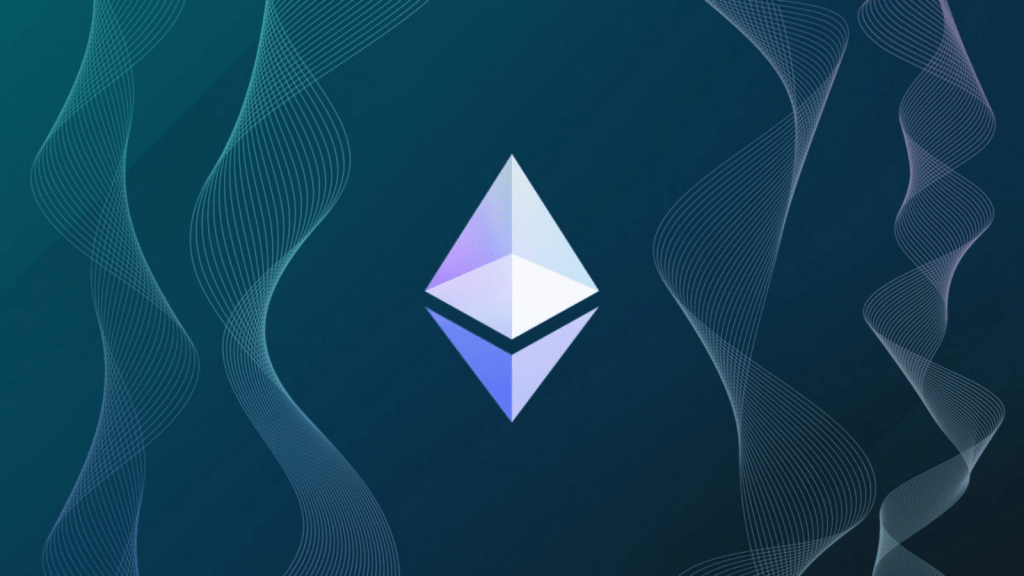
Unverified node operators and infrastructure providers
The basic actions here are to install a consensus layer client as well as the execution layer client. Once again, you need to authenticate both clients with a shared JWT secret so they can communicate with each other secretly.
Smart contract and DApp developers
Merge will bring serious structural changes to Ethereum. It is possible for developers to refer to Tim Beiko’s breakdown on How Merger Affects Ethereum’s Application Layer by Ethereum Foundation member Tim Beiko.
Ethereum after Merge
One of the promises of Ethereum 2.0 is scaling. Vitalik Buterin claimed that the network can handle 100,000 transactions per second. However, Merge is only the first of five phases of the protocol’s inbound development.
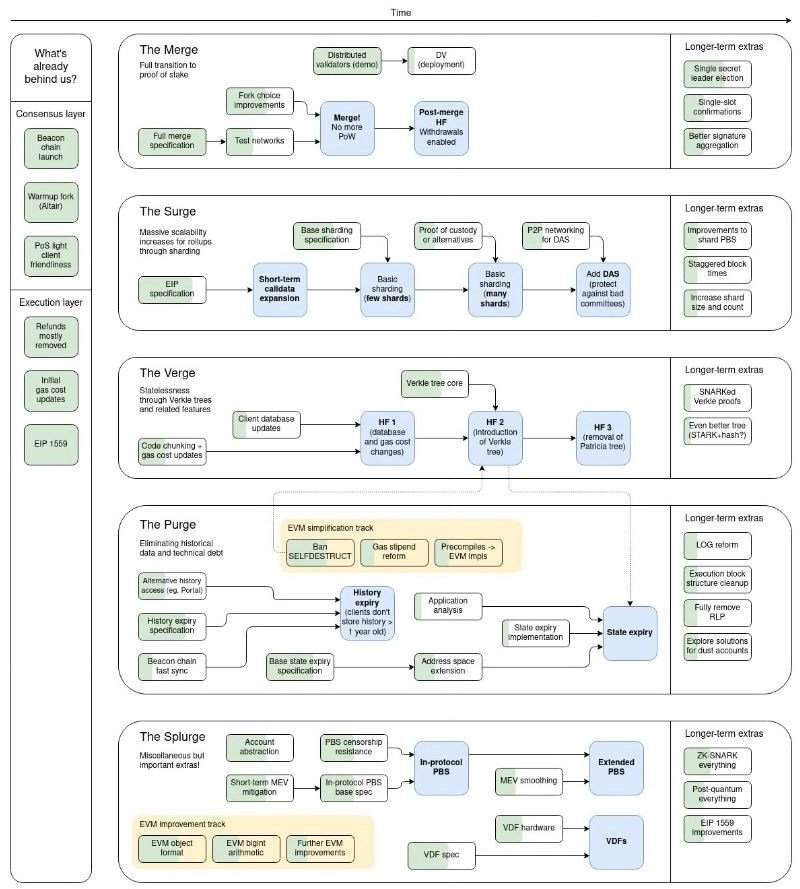 Source: Twitter
Source: TwitterThe five stages are as follows:
The Merge: Transition from PoW to PoS following the merging of Ethereum’s existing main net with the Beacon Chain.
The Surge: The stage that will bring sharding to the protocol. A scaling solution that will divide the network into separate partitions called ‘shards’, designed to spread the computational load across the main-net.
The Verge: This phase refers to the introduction of so-called ‘verkle trees’. Contains an upgrade to Merkle evidence. It aims to optimize data storage for Ethereum nodes.
The Purge: Similarly, this upgrade concerns data storage for validators. It will streamline network congestion by reducing the hard disk space required for validators.
The Splurge: The final upgrade in the pipeline. It aims to deliver a series of various updates made to ensure the overall smoothness of the functioning of the network.
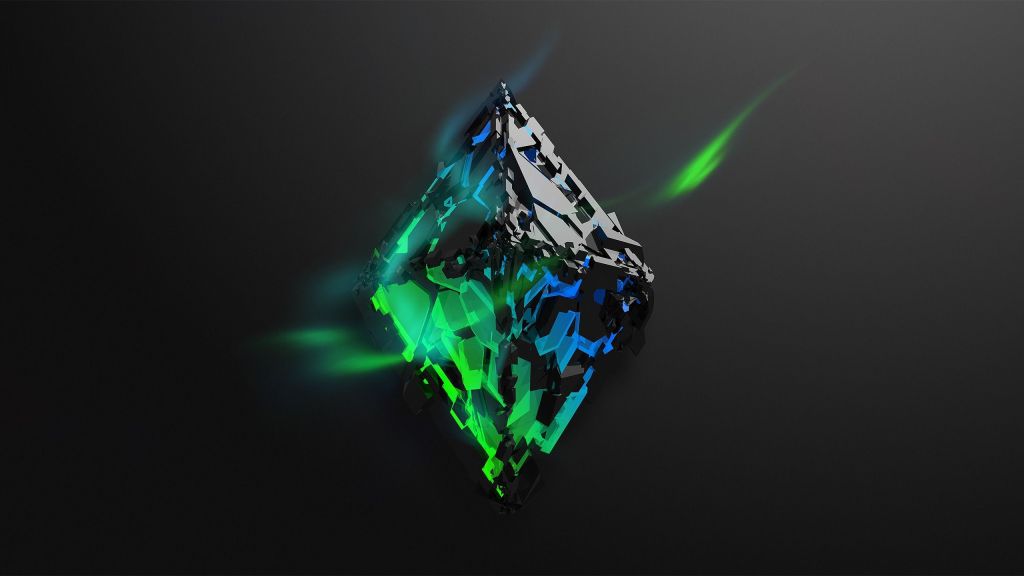
Top 5 misconceptions about Merge
As with all highly anticipated and big events, there are many misconceptions that are common within the cryptocurrency community. Here are five of the most common.
32 ETH needs to be staked to run a node.
There are two types of nodes in the Ethereum network. One that can suggest blocks and the other that can’t. Those who do not need to process ETH do not recommend blocks. However, it is an integral part of the security of the network as they hold all blockchain bidders accountable.
Gas charges will drop after merge
Merge will change the general consensus algorithm. It will not expand network capacity. It will therefore not result in lower gas charges. However, there are scaling solutions in development, most of them targeting layer-2s, designed to do just that.
Processing speed will be greatly increased
Transaction speed on the main net will remain relatively the same even after the merge, albeit with some minor changes.
Merge causes overall network downtime
The developers designed the Merge upgrade to have zero downtime. The network will always continue to work as intended.
All staked ETH will be withdrawn after Merge
Validators leaving the network are rate limited. This is done for security reasons. There are limitations that allow about 43,200 ETH to come out per day. Currently, over 13 million ETH has been staked.